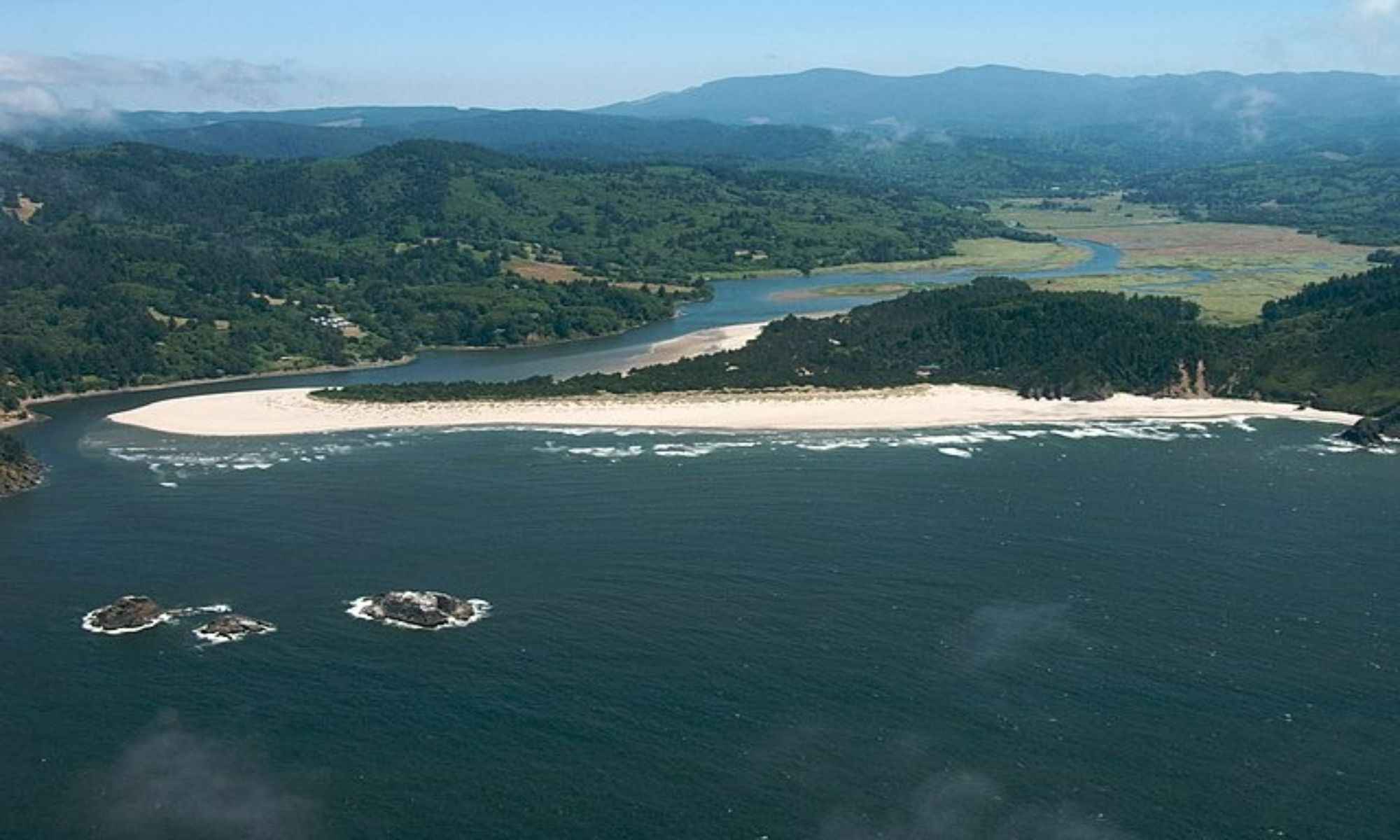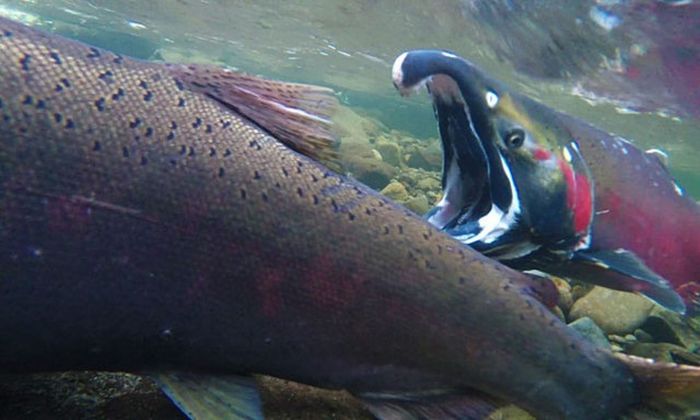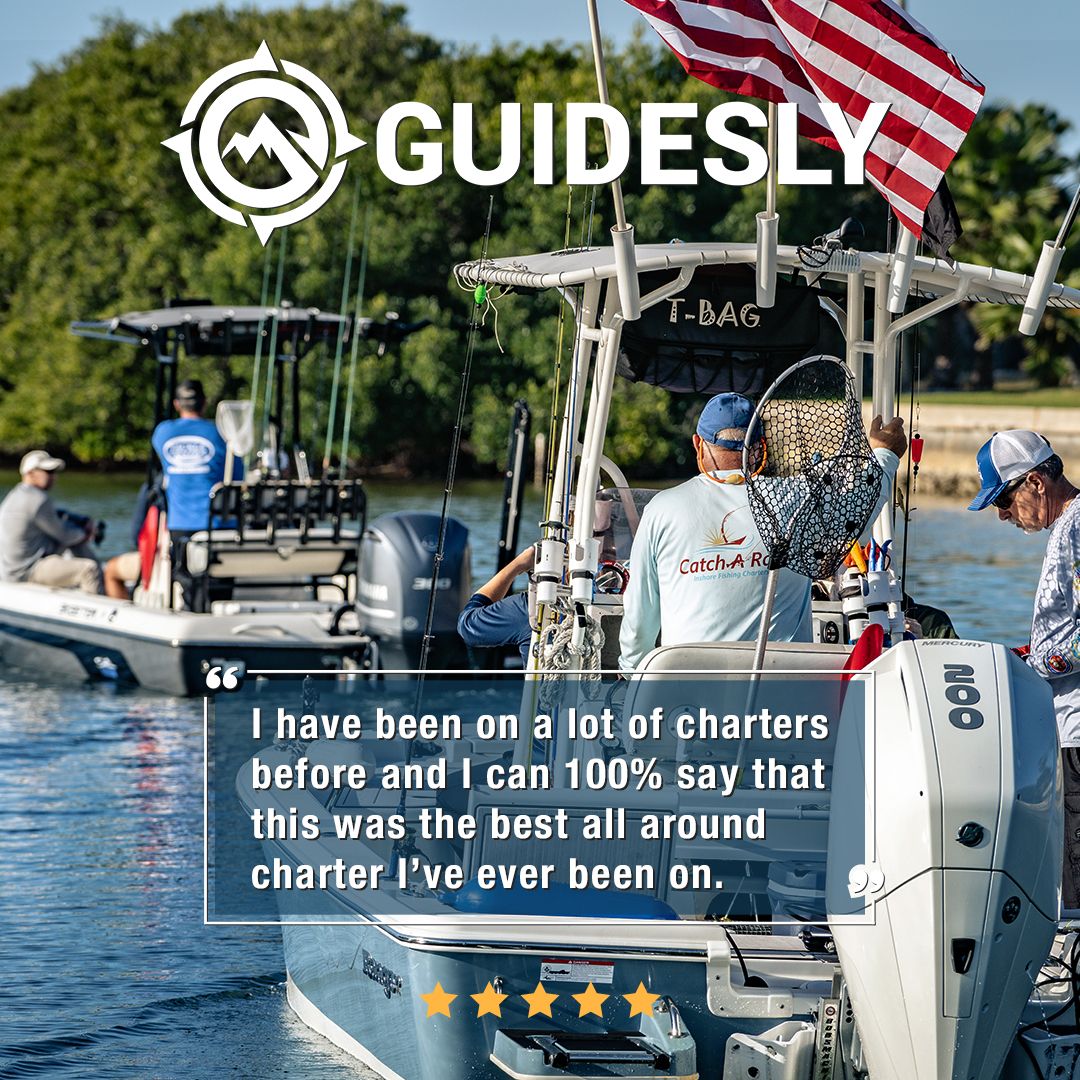Buoy 10: Fishing Regulations
Like any other fishing location, there are rules and fishing regulations for Buoy 10 fishery.

The Buoy 10 fishery is a well-known fishing destination that anglers may find at the mouth of the Columbia River. Buoy 10 is a shipping marker that marks the confluence of the Pacific Ocean and the Columbia River. Fishing in Buoy can be a great way for families to bond. It includes the entire lower estuary fishing zone east of Astoria, from the buoy clear-up to Tongue Point.

Anglers who want to try their fortune and fish in the Washington Astoria, Warrenton, and Ilwaco areas should visit the Buoy 10 fishery every August until September for the salmon season. It's not surprising to find thousands of anglers hoping to land a great catch out of its abundant waters all at once as legendary fish such as chinook salmon and coho salmon migrate to the Columbia River. Astoria, Oregon's Buoy 10 salmon fishing is arguably one of the world’s best salmon sport fishing spots.
Like any other fishing location, there are rules and fishing regulations for Buoy 10 fishery. The Columbia River has different rules for each section, typically identified by landmarks at various points along the river. For fisheries management, the 292-mile stretch of the Columbia River that forms the boundary between Washington and Oregon is divided into six zones called the Columbia River Zone. The Columbia River Zone encompasses all waters of the Columbia River upstream from a north-south line through Buoy 10 at the river mouth. The downstream begins at Highway 730 on the Umatilla River, Interstate 84 on the Deschutes River, and the lower Skipanon River downstream of the Harbor Street Bridge. Washington and now Oregon have fishing regulations on the Columbia River, as depicted by the new Oregon regulations. Anglers can check the Columbia River fishing guides in both states.

The Columbia River Inter-Tribal Fish Commission represents the four Treaty Tribes, and the Oregon and Washington Departments of Fish and Wildlife jointly manage the salmon, steelhead, and white sturgeon fisheries in the Columbia River. The state line, located within the Columbia River's waters, separates Oregon from Washington. The state line is close to the Washington shore in the region from the mouth upstream to Altoona, WA. The state line is located directly in the middle of the ship channel between Altoona, WA, and the area above McNary Dam upstream.
Buoy 10 Salmon Fishing Licenses
A fishing license, tag, and a Columbia River Basin Endorsement are required for anyone fishing in Buoy 10 at the mouth of the Columbia River. The same regulations apply when it comes to children fishing in the river. Children's licenses are free, but their companions must also possess proof that they are of legal age. Children will also require tags and the CRBE in addition to fishing permits. Fishing tags and the CRBE can be obtained in a variety of ways. Anglers can purchase a day license with a Columbia River Basin Endorsement, which includes labels, or an annual permit with tags and a Columbia River Basin Endorsement. Anglers can buy fishing licenses both offline and online. Anglers can also present a Washington fishing license. No matter where they launch or take off, whether, on Washington or Oregon shores, boat anglers are permitted to possess a valid fishing license and harvest tags from either Washington or Oregon. Meanwhile, a Washington-specific license is needed for fisheries on the Snake River and its tributaries.
Buoy 10 Daily Bag Limits
This year's fishing report expects thousands of adult chinook and hatchery chinook to swim to the Columbia River during this year's salmon run, followed by the summer chinook traversing the Bonneville Dam. The fictitious north-south line at Buoy 10 east to another imaginary line that runs from Rocky Point on the Washington bank to Tongue Point in Oregon, passing through red buoy 44, defines this Columbia section. Be aware that changes to salmon seasons and bag limits for fish here and in other fisheries in Oregon may occur mid-season after the annual regulations booklet has been printed, depending on the amount of fish present.
Anglers may keep only one adult chinook salmon in this area during the peak months. An adult coho salmon is any fish larger than 16 inches, while an adult chinook must be at least 24 inches long. Two adult salmon is typically the maximum but check online for season-specific information. Fishery managers in both states of Washington and Oregon have been willing to increase the daily limit for hatchery coho in the middle of the season during years with particularly abundant coho populations. For information on mid-season closures, changes to the bag limit, or other regulatory changes, anglers can contact ODFW. Local guides and bait and tackle stores stay informed of changes as they happen.
- August 1st – 24th: Only two salmon limit per angler. Fishing for adipose fin-clipped chinook and hatchery coho is allowed—one chinook limit per angler.
- August 25th – September 7th: Two salmon limit per angler. Fishing for native and hatchery chinook and hatchery coho is allowed—one chinook limit per angler.
- September 8th – 30th: Three fish limit per angler, but limited to fishing for hatchery coho only.
- October 1st – 31st: Three fish limit per angler. Fishing for chinook and hatchery coho is allowed—only one chinook limit per angler.
- November 1st – December 31st: 3 fish limit. Anglers can catch chinook, hatchery coho, and hatchery steelhead: only one chinook limit and two steelhead limits per angler.
Buoy 10 Fishing Gear
There are no specific fishing gear regulations for Buoy 10 fishery. Anglers are welcome to use their best chinook and coho salmon fishing rods and reels for the best angling result. Diving planers and flashers are some of the vital equipment anglers use when fishing for chinook and coho in Buoy 10. There are also no written rules for boats that can be used in the Columbia River, but it is vital to remember that outgoing tides also can make boating hazardous. Smaller vessels are more secured in upstream areas, where the water is typically calmer than closer to Buoy 10. It is also a must to carry life jackets, and while many anglers fish without wearing them, keeping them on or having them in the vessel is a good idea.
Summing It Up
Anglers must follow the rules and regulations set by the states of Washington and Oregon. Even though most Buoy 10 Chinook salmon (upriver brights) come from healthy stocks and spawn in a free-flowing section in Washington state, fishing regulations protect some threatened upriver runs of fish species. Anglers can fish whenever they want, in Bonneville Dam or Tongue Point, but they need a fishing license from Oregon or Washington. Always check for the changes in bag limit for chinook and coho salmon in Buoy 10, as they are subject to change without prior notice. Anglers are also encouraged to hire a fishing charter when going Buoy 10 fishing. Charter captains and guided fishing trips can help anglers without proper gear and a boat to fish in Buoy 10 fishery.





